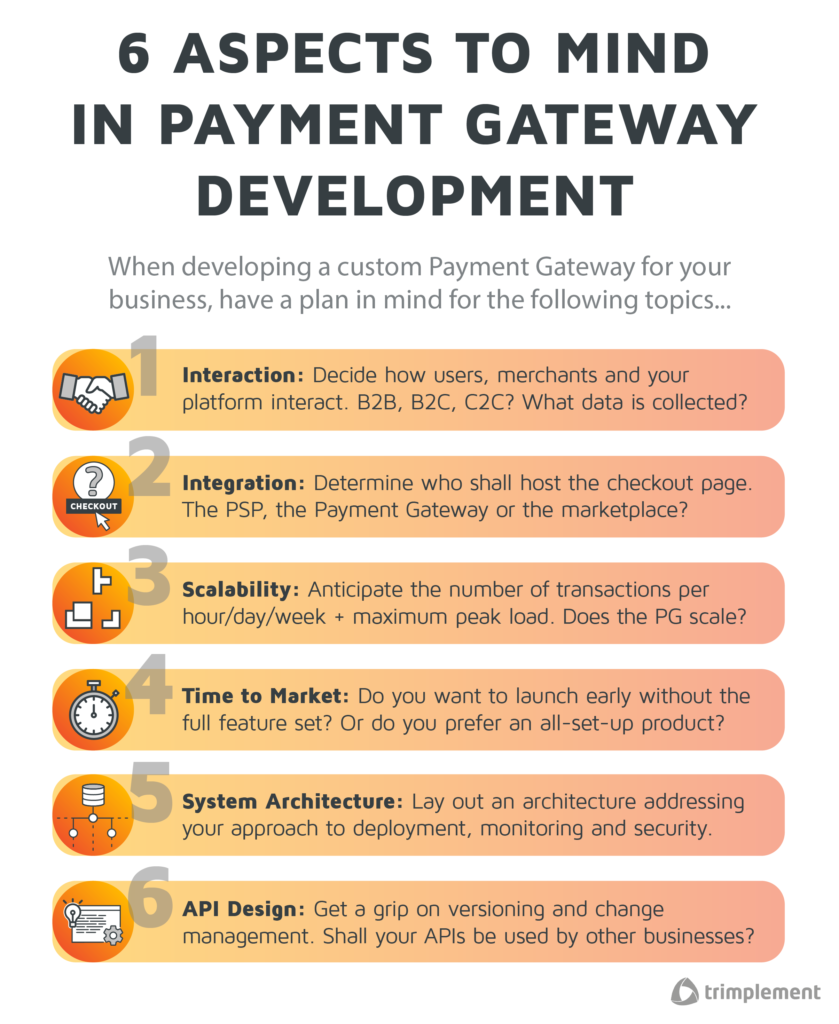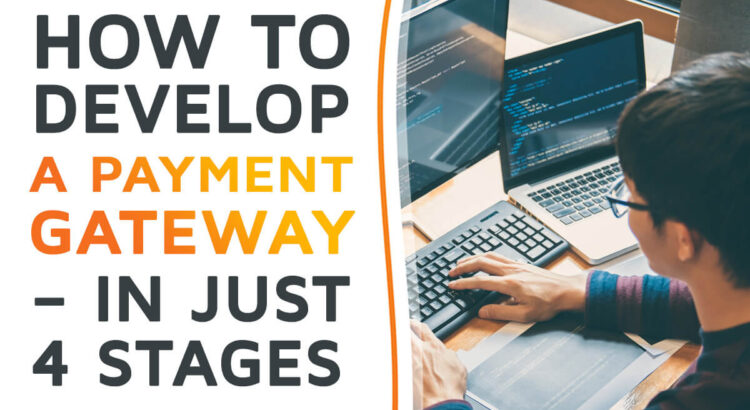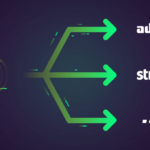Online marketplaces are complex systems. This complexity is reflected in the Payment Gateway needed for such platforms.
As a marketplace owner, you always have the option to integrate payment systems, offered by external Payment Service Providers. Depending on your business strategy, that might suffice. But using an off-the-shelf PSP will also limit your opportunities. You can’t evolve your marketplace to your preferences if the PSP doesn’t move along with you:
- You want to offer payment methods, according to customer demand? The PSP must support them.
- You want to scale up your business and move to new markets? The PSP must be set up to handle higher transaction numbers and adapt quickly to local financial regulations.
- You want to enable customers to pay via a prepaid e-money balance and securely store their payment instruments? The PSP must offer an electronic wallet.
- And so on…
Thus, ambitious marketplace owners might decide to build a custom Payment Gateway and remain in control over payments. As the company behind CoreWallet, the flexible software foundation for payment and e-wallet applications, we are familiar with creating Payment Gateways. It’s important to approach the development process with a clear plan. To help you master the technical challenges, we have compiled the common stages of such a Payment Gateway project for you.
1. Confirming the Need
Before all else, you should match your business ambitions with the technological options: What do you want your platform to do? And what will be technically possible?
You will benefit from an in-house payment system if you want your marketplace to have the full control over the payment flows on the platform in order to:
- Get comprehensive customer data sets for your business analytics including financial information
- React flexibly to customer needs offering new features and to changes on the payment market
- Improve your cart abandonment rates
- Enhance your fraud and risk management and chargeback rates
- Optimize PSP usage fees for high-volume activity, especially in later stages
- Offer the marketplace system including the payment solution (or just the payment solution) to 3rd parties or partner/daughter companies
- Operate on channels and markets for which no comprehensive payment solution exists yet (Metaverse, IoT, etc.)
Consult with your team to identify pain points in your current marketplace setup, where a custom payment solution might help.
2. Assessing the Efforts
Building a custom Payment Gateway for your business will take effort. Or rather: Efforts, plural. It will not only take time to develop a software product. It will also take its toll on your finances – before and during the development process, but also post-launch in the form of operational costs.
Aside from that, building a Payment Gateway also engages the most valuable resource you have: Your employees. You might have to train your development team in creating financial software or expand it with experts. Alternatively, you can bring in external development support to build the solution, which may take pressure off your team.
3. Outlining the Product
Once the development team is assembled, you need to plan your product’s features and architecture in detail. This includes fields such as:
- Interactions: How do merchants, customers and the platform itself interact and execute transactions?
- Integration: Will the Payment Gateway send customers to a payment service provider’s checkout page or will the customer stay on your website for checkout?
- Scalability: What number of transactions are expected at any point and over time?
- Currencies and Methods: Which payment methods and currencies will it support? Which payment methods?
- Peer-to-Peer: Will the payment system handle P2P transactions?
- E-Wallet Functionalities: Will the payment system feature electronic wallet accounts with balances?
- Channels: On which channels (desktop, mobile, POS, IoT…) will the Payment Gateway operate?
- API Design: What APIs will the Payment Gateway offer?
- Security and Compliance: How will the Payment Gateway adhere to various financial regulations?
- …
And that’s just the tip of the iceberg. Having a Payment Gateway laid out as precisely as possible will help the development team ensure a smooth development process. It will also inform your budget planning.

before starting to code.
4. Launching and Operating the Solution
It is built, it has been launched… but the job is not finished. A Payment Gateway has to be operated and continuously improved – either by your team or by an external service provider. You will have to react to new regulations, customer demands and new markets you venture into. What’s more, customer behavior might differ from what you predicted. Thus, you have to provide regular updates.
At the same time, you will have to fix the bugs in the Payment Gateway, that might show. Not everything about the Payment Gateway will turn out the way you expected it to be. It is almost certain that your Payment Gateway will not contain all the features you wanted it to have upon initial release.
This stage will also produce new costs, which have to be met by the revenue of your Payment Gateway.
But once you have reached this stage, you have taken the first hurdle. From there on, you just have to resist the idea that your Payment Gateway is static. Keep it up to date, balancing costs and further development. Technologies and financial services keep evolving. Have your gateway do that, too.
Learn all the Details About Building a Payment Gateway for Marketplaces
For the full story and an in-depth take on how to build a custom Payment Gateway for online marketplace, download our free whitepaper. It contains:
- An analysis of the online marketplace sector
- An overview of the most important traits of high-performing marketplace payment systems
- A comprehensive outline of the stages and steps of creating a self-built Payment Gateway with your in-house team or an external supplier
So will you settle for the Build or the Buy option? Download our free White Paper to learn more about Payment Gateways (and how to decide whether build or buy is the better option for you).


